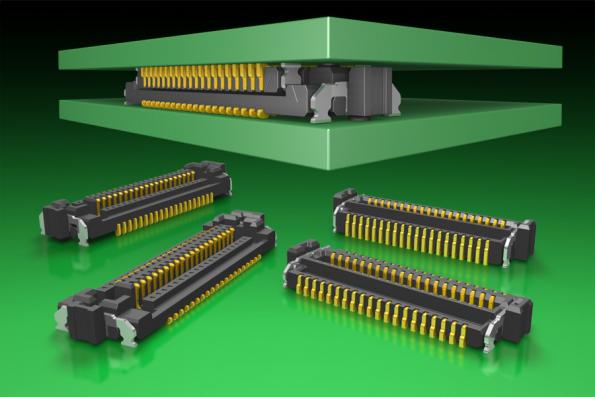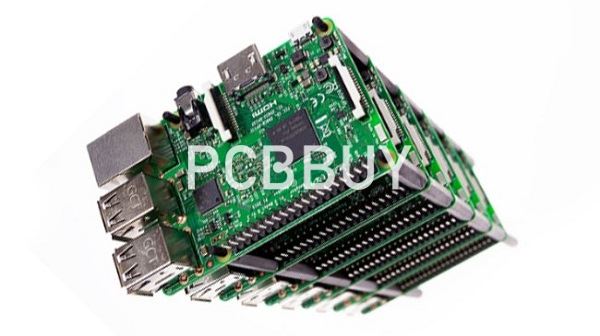PCB Stacking Techniques
By:PCBBUY 08/17/2021 17:20

During the PCB design and manufacturing process, PCB stacking plays a very important role to the performance and quality of the finished boards. Especially for the designers, understanding how to use and design for different layers configurations is important.
In this article, follow us and learn the detailed knowledge of PCB stacking techniques. Check and read the content below and get more information. Come and check it! Let’s take a deeper look at this topic to see how different PCB stacking techniques will impact a board and what designers need to know to work with them.
If you want to order PCB product, please check and custom your order online.

What are the PCB stacking techniques for different layers?
For different layers of PCB, they are limited by the width of the board and manufacturing technologies available. Here are some examples of the layer configurations within those boards.
Usually, in the design process, the designers will focus on the 2.6.8 layers of PCB. So please check the introductions below.
For 4 layers PCB
Usually, these boards will have a mixture of solid metal planes and routed power and ground. In some cases, there may be one complete ground plane on an internal layer, or power and ground fills are used on the exterior layers with signal routing internally.
For 6 layers PCB
The traditional six-layer circuit board stackup has been arranged as top, signal, ground plane, power plane, signal, and bottom. This configuration provides very poor signal integrity, as the internal signal layers are not between two planes, and it will create a lot of EMI
For 8 layers PCB
We will talk about 8 layers for more and take it as example. It’s common to fall under the impression that having an 8 layer stackup will solve all your EMI woes. No, it won’t. There are still some best practices that you’ll want to adhere to get the best of the multilayer stackup.
Here are some considerations of the PCB stacking techniques:
1. Return Path
It is important to visualize the return path of high-speed signals, even if they are on the inner layers. Ensure that the signal has a short return path and doesn’t cause interference with other components.
2. Buried or Blind Vias
To further increase space for routing, you may opt for buried or blind vias. However, it is important to check with your manufacturer if it is within their capability to produce that in the PCB.
3. Routing Direction
In some cases, an 8 layer PCB stackup may consist of 6 signal layers. Signal traces on adjacent layers must be routed perpendicularly to minimize cross talks. To be safe, make it a habit to route signal layers differently on subsequent layers even if they are separated by power or ground planes.
4. Ground Plane
The rule of thumb is never to have a split ground plane as it may create impedance discontinuity. Also, ensure that components on the outer layer have low impedance connected through vias to the inner ground planes.
What are the factors affect the result of PCB stacking techniques?
Cost
Depending on the complexity of the routing in the design, it may end up saving you money to add extra layers and shave time off your development budget. Extra layers may also allow you to alter the number and sizes of holes, trace widths and spacings, and board size and thickness—all of which could potentially save fabrication time and expense. Using extra layers may also end up being the only way to add more components to the design.
Material
If your board is using more exotic, high-speed materials, changing the layer count could create some challenges. Although these materials are better for controlled impedance, signal performance, dimensional stability, thermal management, and much more, they can be difficult to work with and will cost more to build the board.
What are the other considerations of PCB stacking techniques?
The objective of the PCB stack-up design process is to select suitable materials, and layer them to achieve optimal signal performance and power integrity at the lowest PCB cost. The performance of a circuit board assembly is significantly dependant on the design of the PCB stack-up.
Consideration factors in stack-up design:
·The number of layers needed
·The arrangement of layers
·Layer material
·Routing and vias
Industry Category











